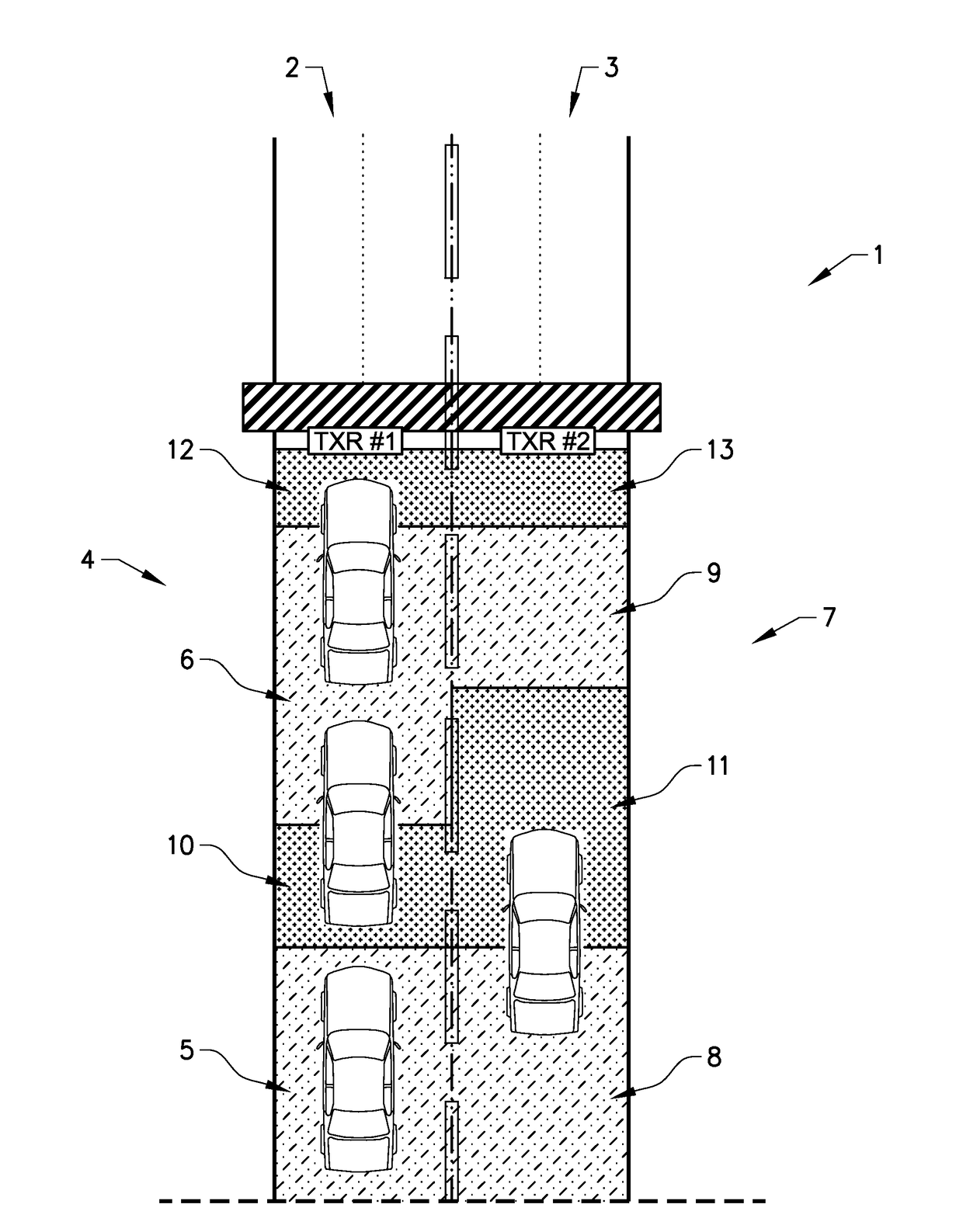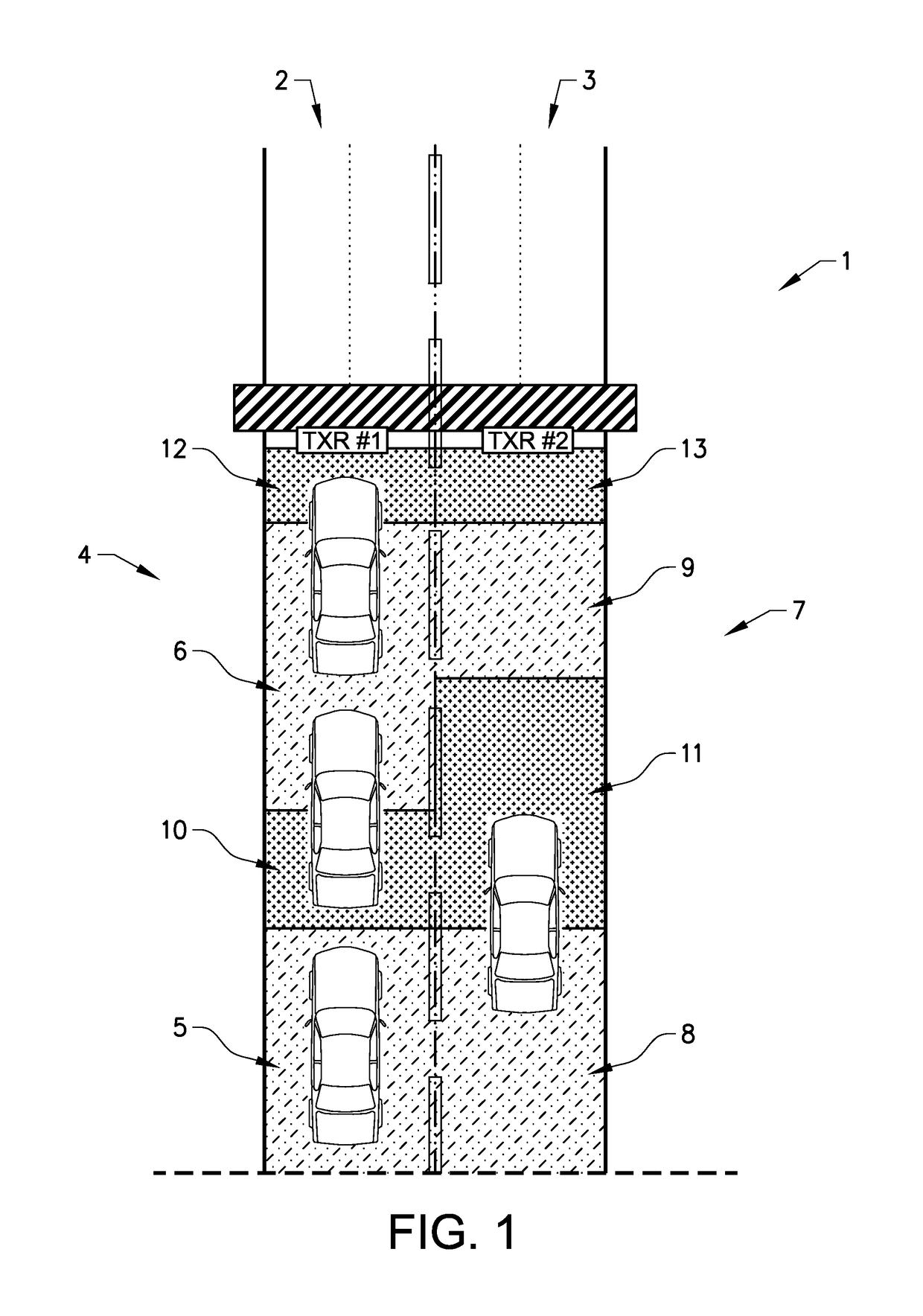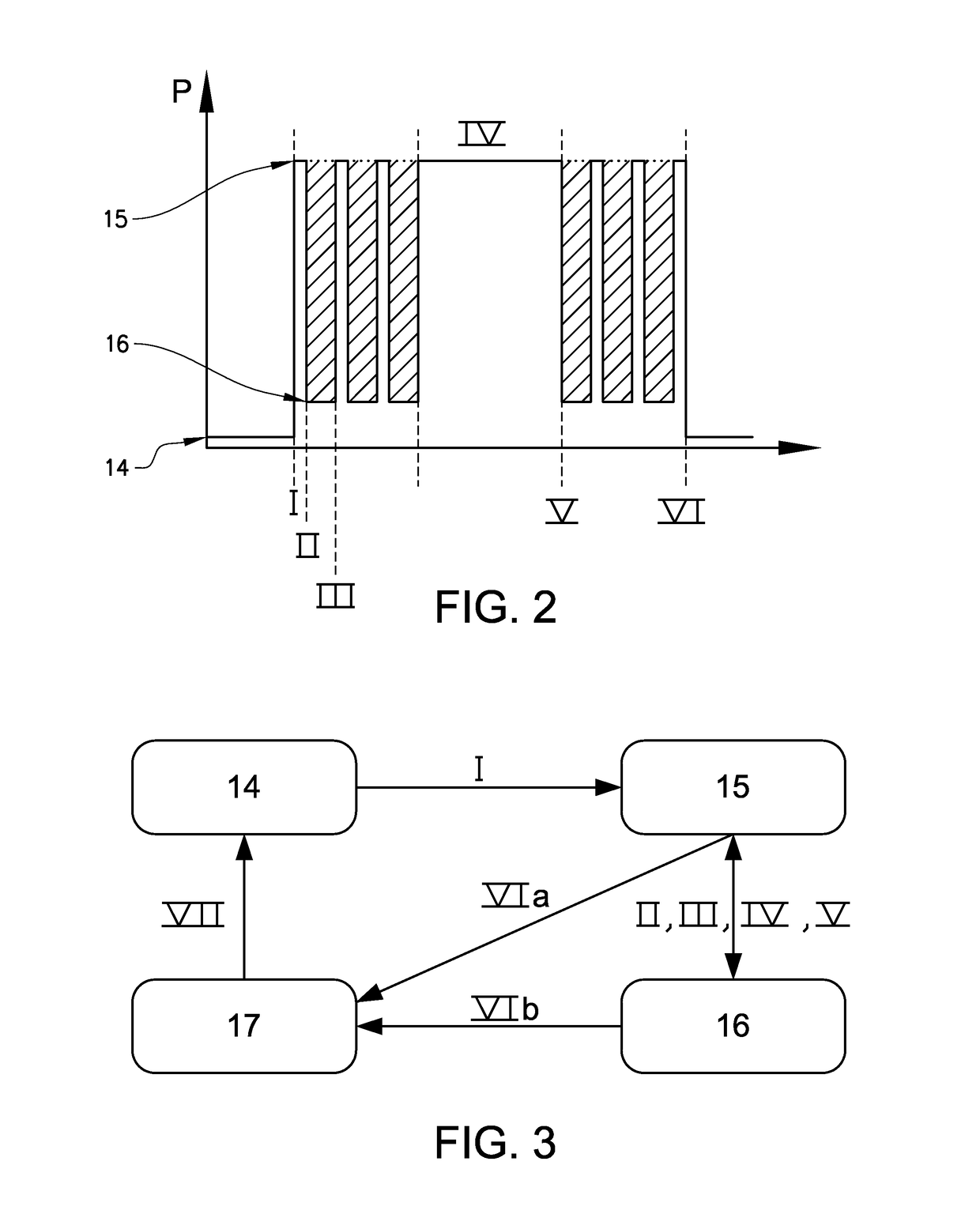On board unit with power management
a technology of power management and on-board units, applied in traffic control systems, liquid/fluent solid measurement, instruments, etc., can solve the problems of reducing the time the obu can be used, consuming a lot of power idling, and reducing the battery power, so as to save power and reduce the time , the effect of fast transition
- Summary
- Abstract
- Description
- Claims
- Application Information
AI Technical Summary
Benefits of technology
Problems solved by technology
Method used
Image
Examples
Embodiment Construction
[0037]The protocol used for tolling is defined in IEEE 1609.11 and is based on a master-slave concept where the RSU is the master and the OBU is the slave. IEEE 1609.11 is part of the family of standards for Wireless Access in Vehicular Environments (WAVE). One of the basic features of the WAVE standard is that any two WAVE devices can setup an ad-hoc network exchanging information. This inherently means that a WAVE OBU utilizes a full WAVE transceiver and can transmit data itself without any interaction from the RSU.
[0038]FIG. 1 schematically shows an illustration of a tolling station 1 that has been set up such that the transaction shall begin at a first predetermined position, i.e. upon entering a transaction zone and be reported at a second predetermined position, i.e. upon entering a reporting zone. The tolling station 1 in FIG. 1 comprises a first lane 2 and a second lane 3. It is of course possible for the tolling station 1 to have more than two lanes. The tolling station 1 c...
PUM
 Login to View More
Login to View More Abstract
Description
Claims
Application Information
 Login to View More
Login to View More - R&D
- Intellectual Property
- Life Sciences
- Materials
- Tech Scout
- Unparalleled Data Quality
- Higher Quality Content
- 60% Fewer Hallucinations
Browse by: Latest US Patents, China's latest patents, Technical Efficacy Thesaurus, Application Domain, Technology Topic, Popular Technical Reports.
© 2025 PatSnap. All rights reserved.Legal|Privacy policy|Modern Slavery Act Transparency Statement|Sitemap|About US| Contact US: help@patsnap.com



